Tungsten Carbide Penetrator
- Details
- Category: Tungsten's News
- Published on Friday, 02 June 2017 10:10
- Written by tang
- Hits: 798
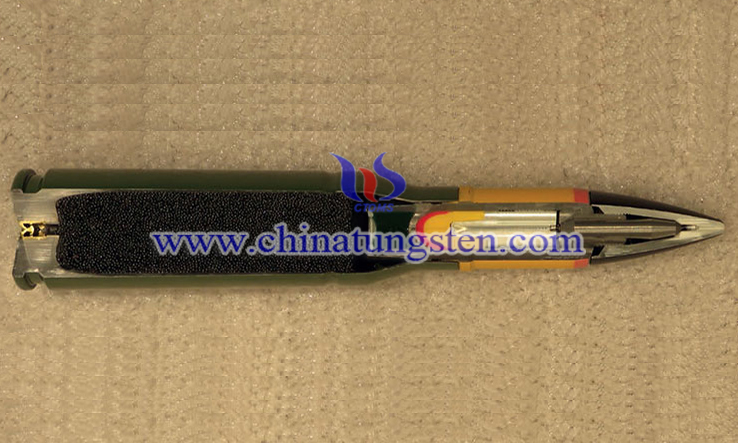
Nammo’s 25mmx137 APEX ammunition has been qualified for the F-35 Lightening II advanced stealth fighter following flight trials at the US Navy’s Naval Air Weapons Station in China Lake, California, earlier this year. Designed specifically for the F-35, the APEX is intended to defeat a spectrum of target types – ranging from air targets to both so and armoured ground targets.
Tungsten Carbide Market Analysis - Focus on Cutting Tool, Wear Parts, Mining & Drilling
- Details
- Category: Tungsten's News
- Published on Wednesday, 24 May 2017 14:32
- Written by tang
- Hits: 796
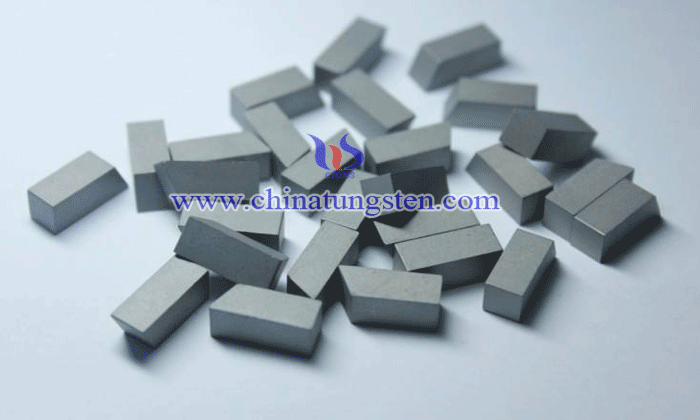
The global tungsten carbide market, by value, is estimated to witness growth at a CAGR of 4.4% over the period 2017 to 2022
This growth in the market is attributed to the increasing demand for various applications such as metal cutting tools, wear parts, mining & drilling tools etc. and various end use industries like automotive, aerospace & defense, oil & gas, mining & construction, electronics etc.
Tungsten carbide is a highly dense material constituting of tungsten and carbon as their constituent materials. They exhibit significant properties like extreme hardness, toughness, wear & abrasion resistance, pressure resistance, and many more. The unique combination of these properties and their cost effectiveness have set them apart to be the ideal choice of many industry manufacturers.
Read more: Tungsten Carbide Market Analysis - Focus on Cutting Tool, Wear Parts, Mining & Drilling
Molybdenum Decreased Demand, Weak Stable Price in Apr.
- Details
- Category: Tungsten's News
- Published on Wednesday, 10 May 2017 11:15
- Written by pure-tungsten
- Hits: 865
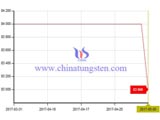 In Apr, 2017, molybdenum decreased demand leads to a weak stable price. The main reason goes to decreased demand and lower price from steel industry.
In Apr, 2017, molybdenum decreased demand leads to a weak stable price. The main reason goes to decreased demand and lower price from steel industry.
Read more: Molybdenum Decreased Demand, Weak Stable Price in Apr.
Revolutionary's Tungsten Carbide Cutting Insert
- Details
- Category: Tungsten's News
- Published on Wednesday, 24 May 2017 14:19
- Written by tang
- Hits: 675
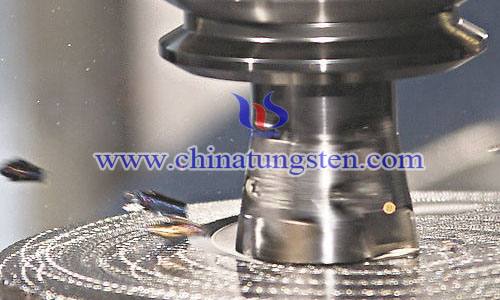
A privately held company makes high-performance metal cutting tools and tool holding systems at its Hayfield Township complex off Route 198, just west of Saegertown.
Tungsten carbide cutting insert and related products are used to cut various grades of iron, stainless steel and high-temperature specialty metal alloys. Its latest innovation is insert, a phase-toughened ceramic insert designed to mill, turn and groove the most difficult materials used in manufacturing at high speeds.
New Tungsten Oxide Battery Tech Breakthrough Could Mean Faster Electric Vehicles
- Details
- Category: Tungsten's News
- Published on Tuesday, 09 May 2017 15:13
- Written by Cristina
- Hits: 776
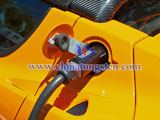
Electric vehicles have a few key advantages over traditional combustion-powered cars, and one of the biggest is the potential for extreme acceleration. The Tesla Model S, for example, can go from a standing stop to 60 mph in as little as 2.3 seconds, beating out cars with badges reading Ferrari, Lamborghini, McLaren, and Porsche.
Read more: New Tungsten Oxide Battery Tech Breakthrough Could Mean Faster Electric Vehicles





 sales@chinatungsten.com
sales@chinatungsten.com